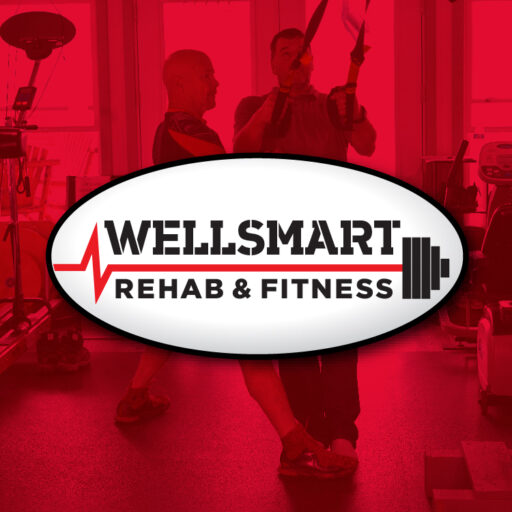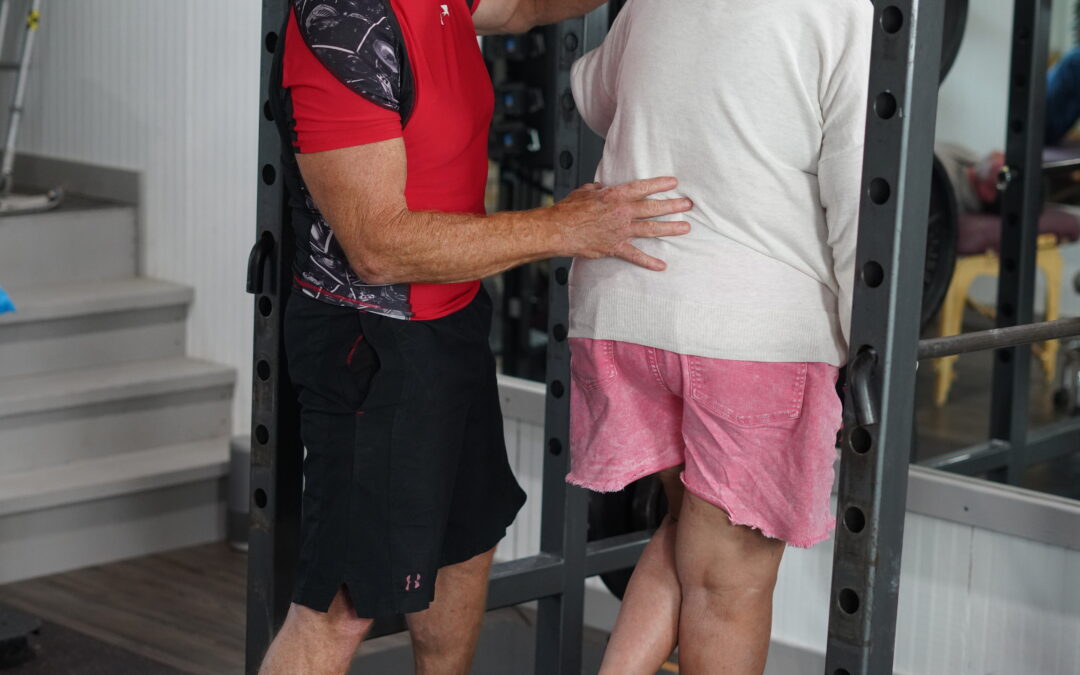For centuries, humans have become more interested in progressing for movement and adaptability. The result? The strong, balanced posture we recognize today. But with our modern, often sedentary lives, good posture can become a forgotten art. Luckily, the benefits of good posture are vast, impacting everything from your confidence to your physical health and wellness.
This post dives deep into the reasons why proper alignment matters. We’ll explore the science behind it, the common culprits of postural imbalances, and most importantly, actionable tips to help you reclaim your natural posture. Today, we’ll discuss what good posture is, and 6 of the benefits of good posture.
What is Good Posture?
While good posture often conjures images of rigid standing or sitting, it’s more about dynamic balance throughout movement. Whether you’re walking, running, or bending down, your postural muscles work together to keep your body aligned and prevent injury
Here’s a breakdown of key aspects for good standing posture:
- Neutral Spine: Imagine a gentle “S” curve in your spine when viewed from the side. This natural curve is crucial for proper support.
- Alignment: Your ear, shoulder, hip, knee, and ankle should form a straight line when viewed from the side.
- Balance: Your weight should be evenly distributed on both feet.
Do this sitting test for yourself to feel how your diaphragm and breathing can be affected.
- Sit in a slouched posture, letting your back round, and try to take in a deep breath. Pretty tough right?
- Now sit tall in an upright position and breath in while allowing your abdominal muscles to relax.
You should feel how much easier it is to breathe in an extended, better posture!
Here’s a breakdown of key aspects for good standing posture:
- Neutral Spine: Imagine a gentle “S” curve in your spine when viewed from the side. This natural curve is crucial for proper support.
- Alignment: Your ear, shoulder, hip, knee, and ankle should form a straight line when viewed from the side.
- Balance: Your weight should be evenly distributed on both feet.
Wall Posture Test
One way to test whether you have good posture while standing is by doing the “wall test.” With your shoes off, stand with your back against a wall with heels touching. Your head, shoulder blades, and your buttocks should all be touching the wall with little to no effort. (Don’t force them if you experience pain).
In your lower back, you should be able to slide your hand between your lumbar spine (just above your hips) and the wall without too much extra space. If there is extra space, try drawing your belly button in to see if you’re able to flatten it (but don’t bend your knees to do it).
Or, if there’s too little space and your hand can’t slide in, try to slightly arch your back to create enough space. Feel what you had to do in your body to create the arch.
Test whether you can keep this proper posture by stepping away from the wall, then step back to the wall and see how you align. If you have trouble keeping this position, your posture needs some work. With some simple exercises, you’ll be able to improve it!
And while this is a good test, keep in mind that you should not have to “hold” your posture throughout the day. Good posture should be natural with your body being balanced. Our ancestors didn’t tell the saber-tooth, “Hold on a sec, let me engage my core!” The same goes whether you’re an athlete or not, good posture means your body is ready to go.
Next week we’ll be back to identify 12 benefits of improving our posture, and learn some simple techniques to acquire and maintain good posture for LIFE. If you have any questions about posture and you can improve it, or you would like a complimentary posture screen/analysis, just give Mike Holliday a call at 304-476-WELL (9355).
Mike Holliday, PT, ATC, CSCS
WELLSMART Rehab and Fitness
ELM Transformation Ranch





